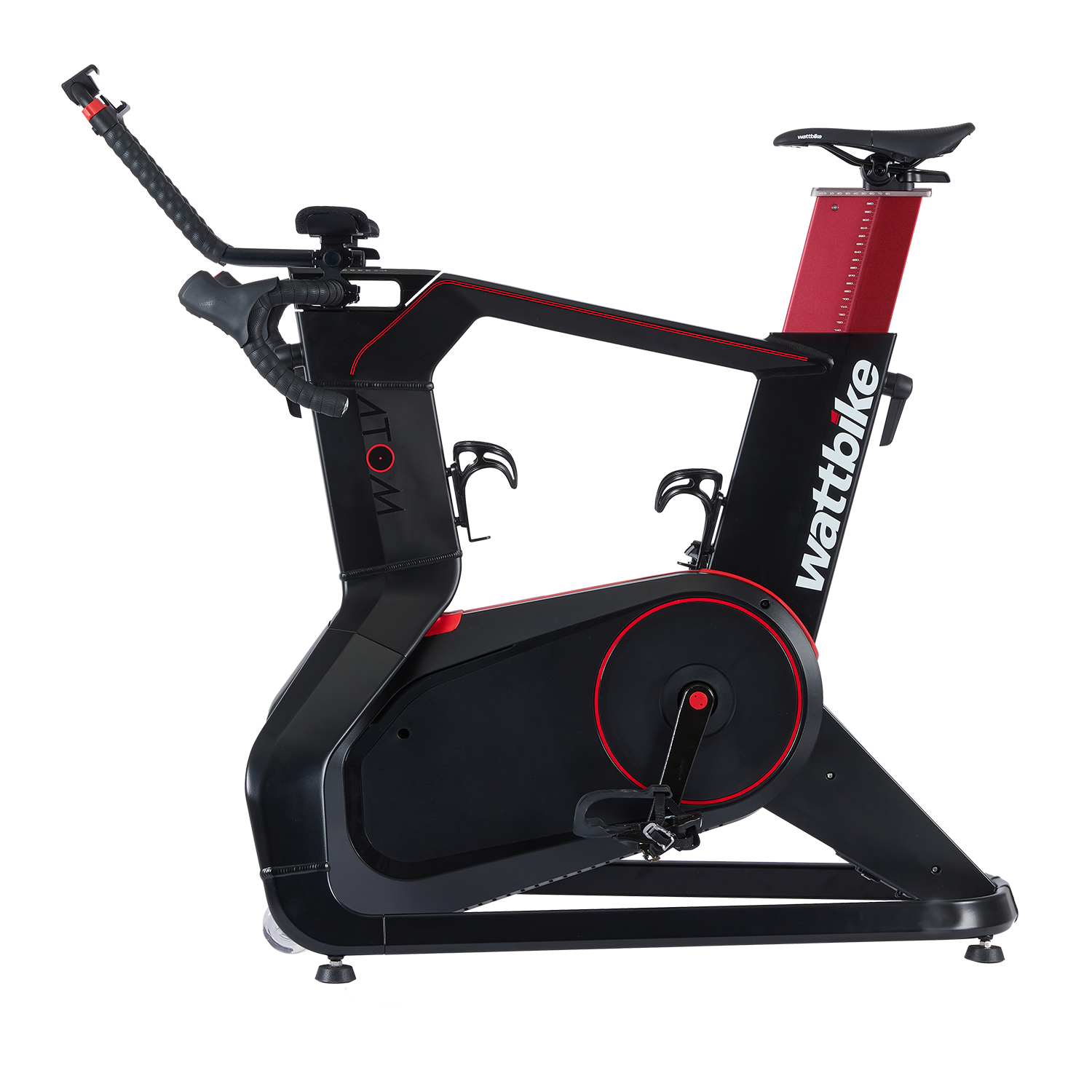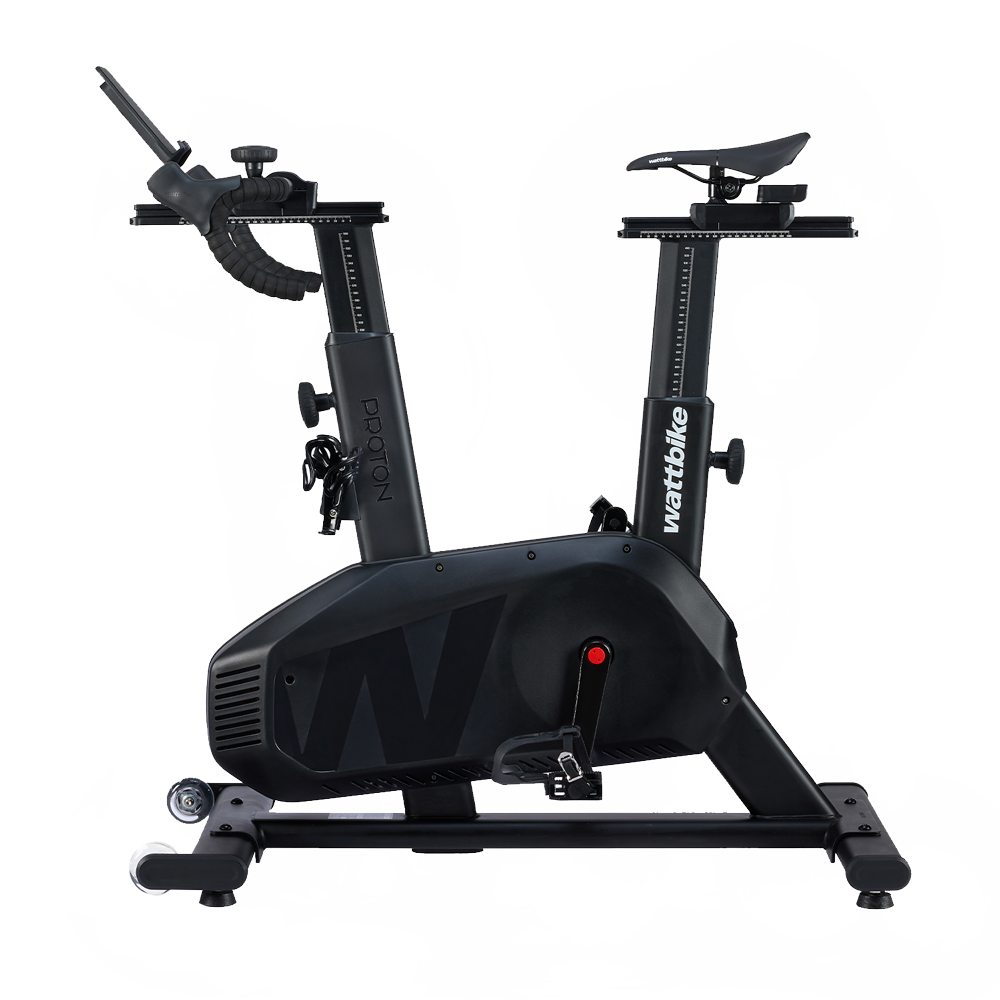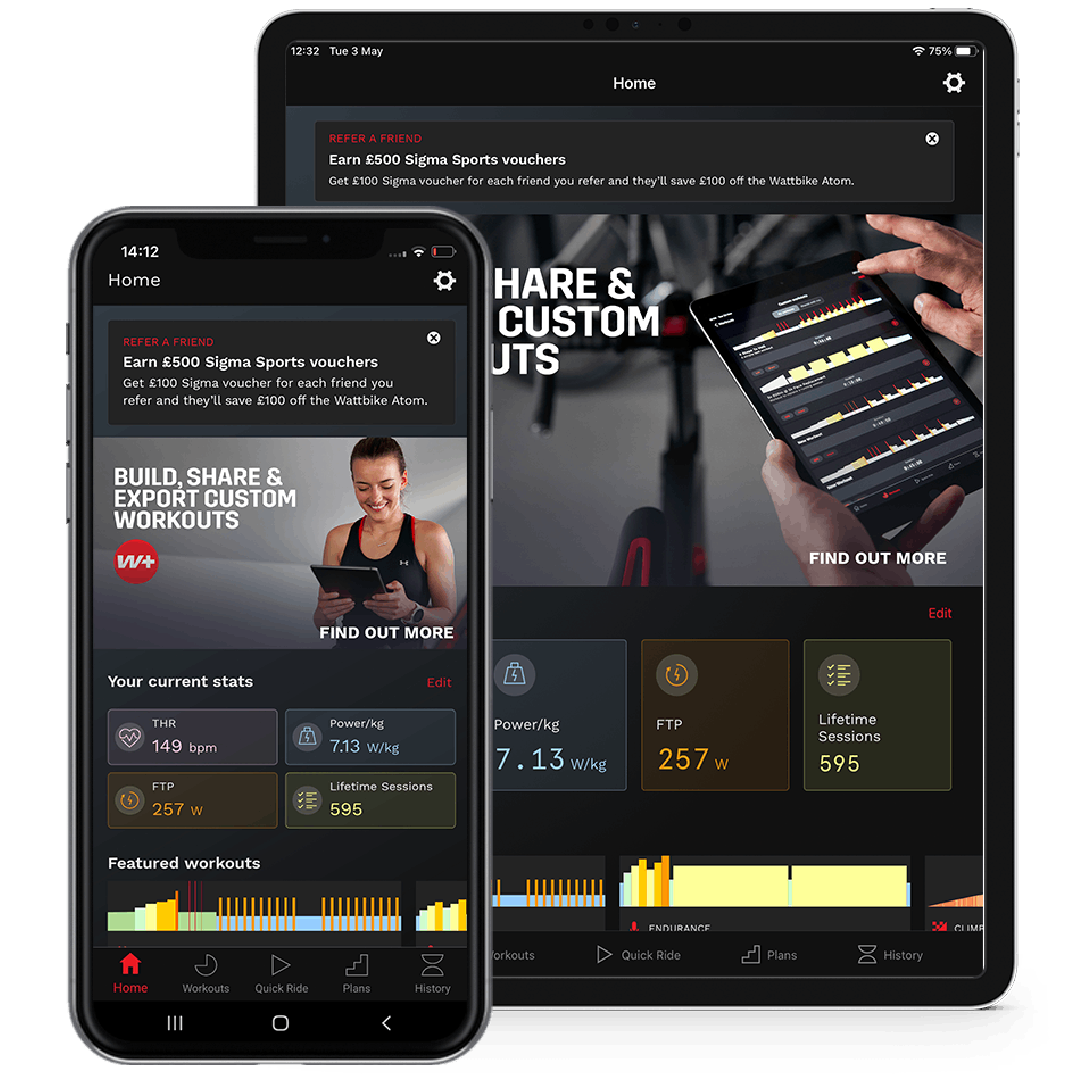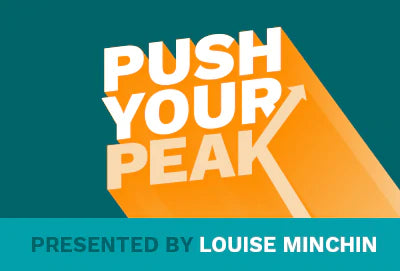Your Cart is Empty
shop
training & apps
support & services
news & information
Why You Should Be Using A Heart Rate Monitor in Your Training
February 12, 2019 3 min read
Knowing your heart rate and heart rate zones is vital to getting the most out of your training. Understanding how hard you should be going in each zone will ensure a productive training session and prevent you from overtraining, meaning better results in the long term.
HOW TO CALCULATE YOUR RESTING HEART RATE
Calculating your resting heart rate will allow you to figure out the base rate for training on your smart bike. To calculate your resting heart rate, use a heart rate monitor to measure your resting heart rate early in the morning, not long after you’ve woken up - and before the essential morning dose of caffeine. Simply lay there and try to be as relaxed as possible. Do this every morning for a week and you’ll be able to calculate your resting heart rate by taking the lowest readings and calculating the average from them.
CALCULATING YOUR MAX HEART RATE
In order to calculate your max heart rate you’ll have to do a little more than the traditional ‘220 minus your age’ method, and perform a heart rate test. This could be via a RAMP or FTHR test, or by doing your own max heart race test. For example:
- start with a 15 minute thorough warm up
- ride as hard as possible for 10-15 minutes
- sprint the last 30 seconds
- continue to warm down for 10 minutes
The warming down is important as your heart rate doesn’t raise in time with your FTP and will lag, and this will allow time for you to be able to read your Max Heart Rate (MHR) on the monitor.

UNDERSTANDING HEART RATE ZONES
Now you have an idea of both your resting and your max heart rates you will be able to calculate your heart rate zones. The Association of British Cycling recognises six key zones:
- 60-65% of max heart rate: for relatively easy, long rides, mainly targeting general fat combustion
- 65-75% MHR: an ideal base zone, for medium effort, longish rides
- 75-82% MHR: for endurance and aerobic improvement at moderate power
- 82-89% MHR: your threshold zone, which should roughly equate to your FTP
- 89-94% MHR: your V02 max zone, meaning that it’s a key zone for improving your body’s ability to deliver oxygen to working muscles
- 95-100% MHR: usually executed as high intensity interval training in 20 to 90 second blocks
A Zone 7 can also be considered to exist- this would be your short sprint bursts, no longer than 20 seconds.
WHY YOUR HEART RATE MIGHT FLUCTUATE
There are a number of instances where your heart rate may measure differently to what you’d expect. It’s important to allow some room for lag, as your heart rises much slower than your FTP, and won’t show instantly on a sprint or more intense interval. Other reasons for a fluctuating heart rate may indicate signs of overtraining, particularly when your heart rate is lower than usual at a higher perceived execution. This can also help to indicate any signs of upcoming illness or stress.
CONNECTING YOUR HEART RATE MONITOR TO YOUR INDOOR BIKE
Wattbike Atom
Heart rate belts can be paired with your bike in the Wattbike Hub before starting your session. It’s recommended that you wear your HR monitor before trying to connect it. You can connect during your session by tapping the HR sensor in the top right-hand corner of your screen. Your HR monitor should appear in the list; tap to connect and go back to the main menu to start riding.
Tap the play button to begin your session and when finished, pause then stop. The session will save and automatically upload to the Wattbike Hub.
The Atom is compatible with a number of belts - including Bluetooth, ANT, ANT+, Polar and Wattbike belts.
Wattbike Pro/Trainer
The Pro and Trainer can be connected to any ANT+ heart rate monitor. You can see a video of how to connect your heart rate monitor to your Pro or Trainer bikehere.

Heart Rate Monitoring with Wattbike
Want to start getting the most out of your zone training? Take a look at ourheart rate monitor and our other accessories to complete your setup.
Interested in the other measurements your wattbike can provide? Check out ourquick guide to understanding Wattbike data.
Belt connected? Now get toconnecting some training apps.
Also in Product guides

Wattbike vs The Rest: The Most Accurate and Reliable Indoor Training Bike on the Market
October 22, 2025 3 min read
Looking for the most accurate indoor training bike on the market? Independent research and global testing shows thatWattbike leads the way. Validated in peer-reviewed evidence based sports science studies and named Best Overall Smart Bike 2025 by Cycling Weekly, Wattbike delivers lab-grade power accuracy, elite-level reliability, and a ride feel that outperforms every competitor. From home riders to elite sports teams, Wattbike is thesmart bike trusted by science, coaches, and champions alike.

Smart Bike VS Air Bike: Which Wattbike is right for your training goals?
August 26, 2025 3 min read
When it comes to indoor cycling, one size doesn’t fit all. Wattbike offers a performance-driven range of bikes. The Atom, Proton, and Air - each with distinct capabilities that align with different training needs and user types.
Whether you're a virtual racing enthusiast, endurance rider, HIIT fanatic, or part of a multi-user fitness household, we want to make sure you’re getting the most out of your Wattbike.
In this blog, we’ll break down the differences between Smart Bikes (Atom & Proton) and our Air Bike (Wattbike Air) and help you match your training goals to the right bike.

Exercise Bike & Indoor Trainer Maintenance Tips for Indoor Cycling
March 11, 2025 5 min read
Read MoreGet the latest!
News, training tips, offers and more, straight to your inbox.








